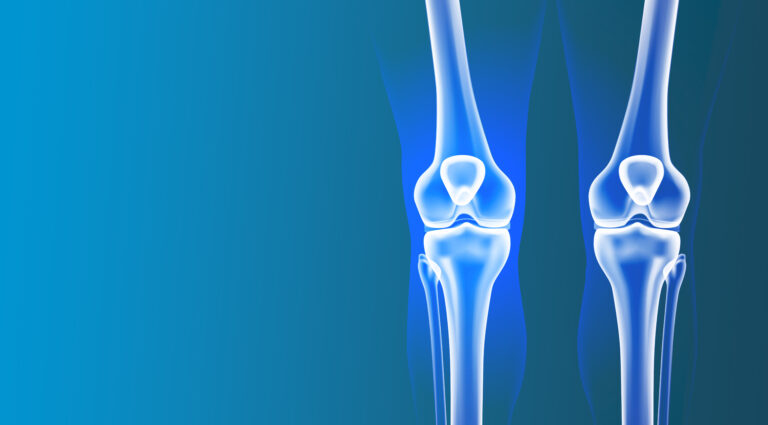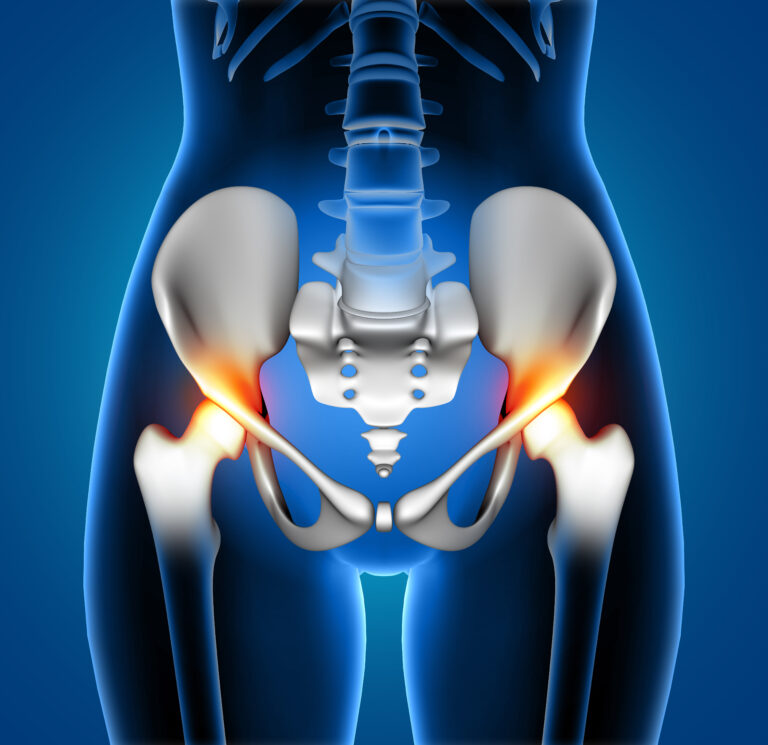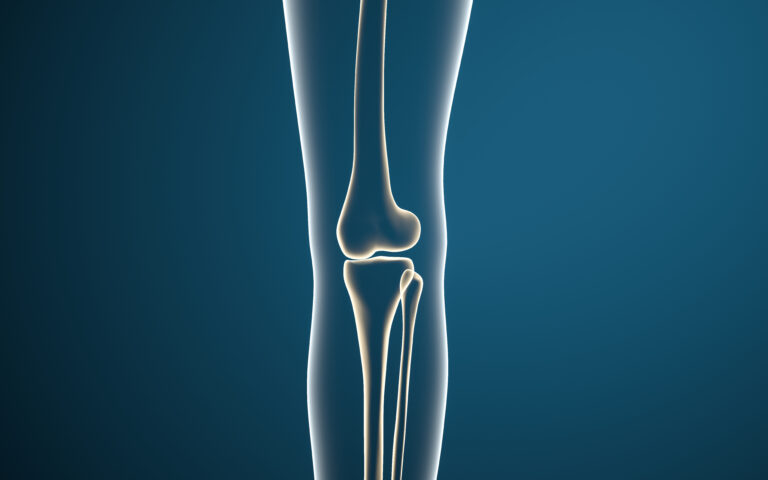When it comes to exercise, cardio often takes center stage for its well-known benefits for cardiovascular health and weight management. However, its positive effects extend far beyond just the heart and waistline. Regular aerobic exercise, such as jogging, swimming, or cycling, plays a crucial role in promoting healthy muscles and bones throughout the body. Let’s explore how cardio workouts contribute to musculoskeletal wellness.
- Muscle Strength and Endurance: Cardiovascular exercise engages multiple muscle groups, promoting strength, endurance, and overall muscle tone. Activities like running or swimming require the coordinated effort of various muscles, including those in the legs, core, and upper body. Over time, consistent cardio training leads to muscular adaptations, such as increased muscle fiber recruitment and improved energy utilization, resulting in stronger and more resilient muscles.
- Bone Density and Strength: Weight-bearing aerobic activities, such as walking, hiking, or dancing, stimulate bone growth and help maintain bone density. By subjecting bones to the mechanical stress of gravity and muscular contraction, cardio exercises promote osteogenesis, the formation of new bone tissue. This is particularly beneficial for reducing the risk of osteoporosis and fractures, as stronger bones are better equipped to withstand impact and load-bearing activities.
- Joint Health and Mobility: Regular cardio workouts support joint health by promoting lubrication, flexibility, and stability. Low-impact aerobic exercises, such as cycling or elliptical training, provide a gentler alternative for individuals with joint issues or arthritis, helping to maintain mobility and range of motion without exacerbating pain or discomfort. By strengthening the muscles around the joints and improving proprioception, cardio exercise can also reduce the risk of injuries and enhance overall joint function.
- Hormonal Regulation: Cardiovascular exercise influences the release of various hormones involved in muscle and bone metabolism. For example, aerobic workouts stimulate the production of growth hormone and insulin-like growth factor 1 (IGF-1), which promote muscle growth and repair. Additionally, cardio exercise helps regulate cortisol levels, reducing the risk of catabolic muscle breakdown and bone loss associated with chronic stress.
- Overall Health Benefits: Beyond its direct effects on muscles and bones, regular cardio exercise confers numerous other health benefits that indirectly support musculoskeletal wellness. These include improved circulation, enhanced nutrient delivery to tissues, better oxygenation of muscles, and reduced inflammation. By promoting overall health and vitality, cardio workouts create an optimal environment for muscles and bones to thrive.
In conclusion, incorporating regular cardio exercise into your routine is essential for maintaining healthy muscles and bones throughout life. Whether you prefer brisk walks, cycling sessions, or dance classes, find activities that you enjoy and can sustain long term. By prioritizing cardiovascular fitness, you’ll not only boost your heart health and fitness levels but also fortify your muscles and bones, ensuring a strong and resilient body for years to come.
Disclaimer: The information provided in this blog post is for general informational purposes only and should not be considered professional advice. Before making any health-related decisions, consult with a qualified healthcare professional. The content is not a substitute for medical advice, and individual results may vary. The author and website are not responsible for any consequences arising from the use of the information provided. Use your best judgment and seek professional advice when needed.




